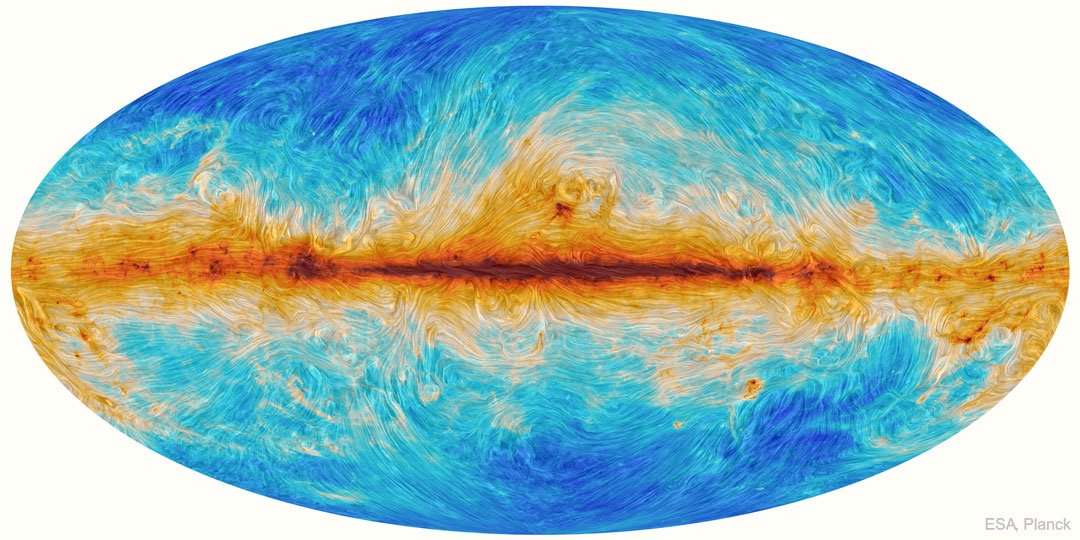
Today’s solstice brings summer to planet Earth’s northern hemisphere. But the northern summer solstice arrived for ringed planet Saturn over three years ago on May 24, 2017. Orbiting the gas giant, Saturn’s moon Titan experiences the Saturnian seasons. Larger than inner planet Mercury, Titan was captured in this Cassini spacecraft image about two weeks after its northern summer began. The near-infrared view finds bright methane clouds drifting through Titan’s dense, hazy atmosphere as seen from a distance of about 507,000 kilometers. Below the clouds, dark hydrocarbon lakes sprawl near its fully illuminated north pole. via NASA https://ift.tt/37IaNYc








